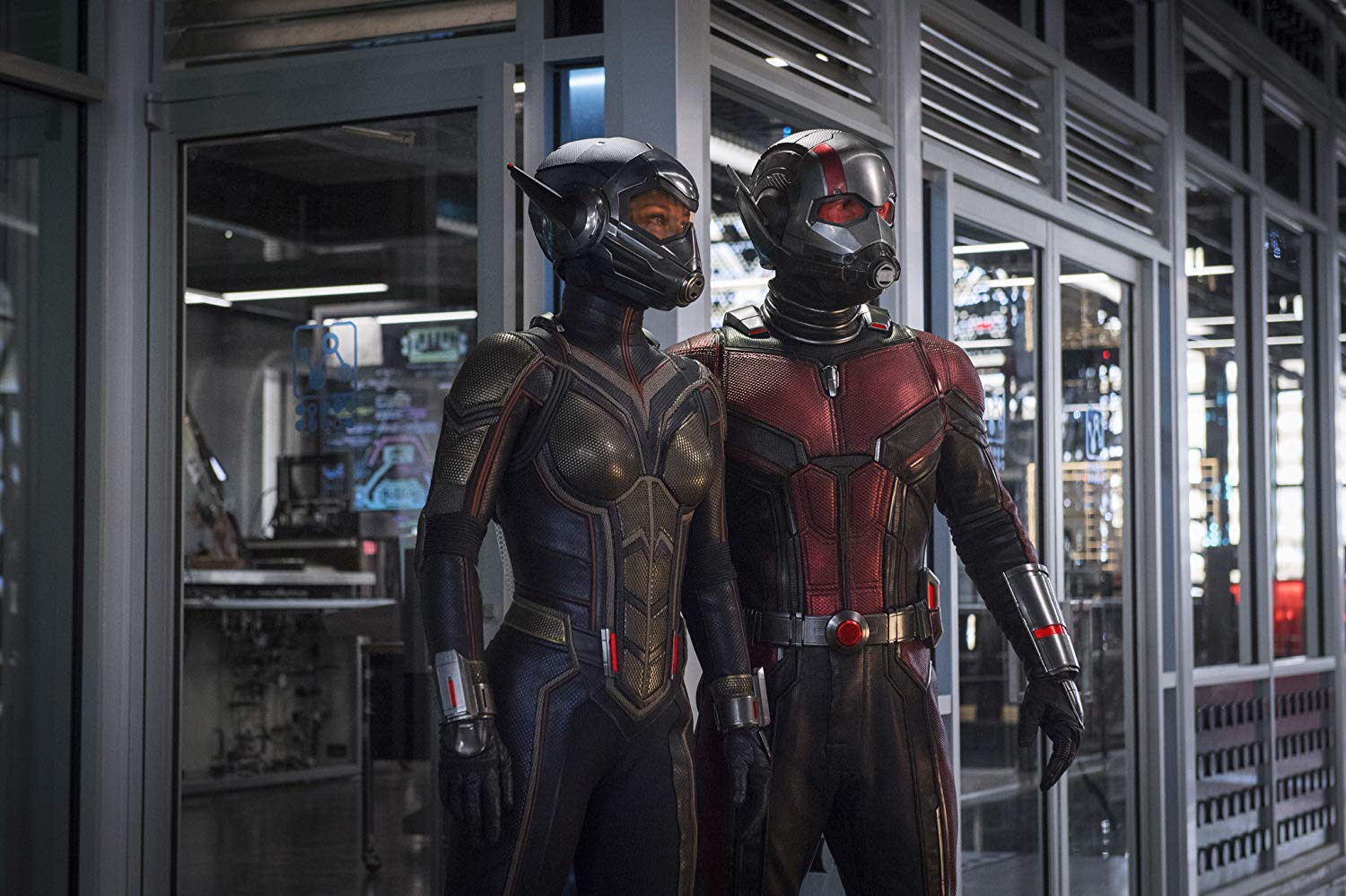When Ant-Man and the Wasp (2018) hit theaters last year, I, regrettably, didn’t see it. Along with being a sequel to one of the weaker films in the Marvel Cinematic Universe1 (MCU), it was the franchise’s third installment that year.2 When I finally got around to watching it on Netflix, however, I was pleasantly surprised to discover that it culminated in one of the MCU’s best climaxes. Instead of the standard large-scale battle against a superpowered villain, the film concludes with a small-scale car chase that sees the heroes pursuing and evading common criminal Sonny Burch (Walton Goggins) and superpowered villain Ava, a.k.a. Ghost (Hannah John-Kamen).
The film is set in San Francisco. Hank Pym (Michael Douglas); Hope Van Dyne, a.k.a. The Wasp (Evangeline Lily); and Scott Lang, a.k.a. Ant-Man (Paul Rudd), are utilizing their shrinking and enlarging technology to search the Quantum Realm for Janet Van Dyne (Michelle Pfeiffer)—Hank’s wife and Hope’s mother. Unfortunately, the team is forced to split up due to the arrival of Sonny and Ghost. Sonny plans to steal and profit off of Hank’s technology, while Ghost seeks to drain Janet of the energy that she amassed in the Quantum Realm. While Hank navigates the Quantum Realm to find Janet, Scott and Hope attempt to keep the Realm’s entrance—which they’ve shrunken down for safekeeping—out of the hands of Sonny and Ghost.
While Hank’s journey through the Quantum Realm is important, the slow speed and ease of his quest don’t justify spending too much time on it, and as a result, the film spotlights Scott and Hope’s dire struggle instead. The climax’s sharp focus frees up space to explore the endless possibilities provided the heroes’ tech. When Sonny’s men aren’t falling over due to Hope shrinking their motorcycles, they are swerving away from the giant Hello Kitty Pez Dispenser she hurls at them. Additionally, the urban environment of San Francisco proves to be both a major asset and a major hindrance: while at one moment, Giant Man gets a burst of speed by riding a pickup truck like a scooter, at the next, a narrow alleyway halts his pursuit of Sonny.
Even though the chase moves at a brisk pace, it’s quite easy to follow. With a white paint job and a yellow grill, Sonny’s car stands out from the black ones driven by his henchmen. Likewise, whenever someone or something changes size for the first time, the score cuts out. The sudden absence of music spotlights incredible feats such as Hope shrinking the car or Scott becoming giant, which would have otherwise been lost amidst the action.
The villains at the center of the car chase serve as effective foils for each other. Both antagonists appear selfish at first, but Ghost becomes sympathetic once its revealed that she’s dying of molecular disequilibrium, and the only cure is obtaining Janet’s energy. While the process could kill Janet, Ghost feels justified, as she blames Hank for her condition and troubled family history.
While there is a nice contrast between the two villains, I feel that it could have been highlighted further with more distinct performances from the actors. While Hannah John-Kamen’s intense delivery of her lines perfectly captures years of harbored resentment towards Hank, Walton Goggins gives similar performance that doesn’t quite work. In order to capture Sonny’s sinister disposition, Walton needed to go beyond the occasional cackle and sneer and be more melodramatic. As is, Ghost and Sonny are both well written characters, but neither one makes a lasting impression.
Despite featuring an imaginative car chase, where people and objects shrink and grow before the viewer’s eyes, Ant-Man and the Wasp is currently one of the lowest grossing films in the MCU. As such, it’s not surprising that Ant-Man wasn’t featured in Marvel’s recently announced slate of upcoming movies and television shows. If Ant-Man and the Wasp never gets a sequel, I hope that its creative action lives on in future MCU films.


